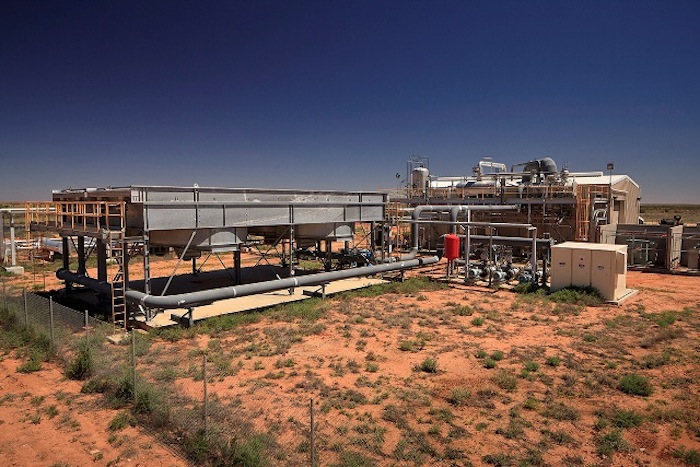New hydrogel could make EGS cheaper, more viable and reduce water use
The hydrogel is intended for use in EGS systems and can help reduce water consumption and increase efficiency up to 30%
In a recent post, a new breakthrough could make EGS systems more efficient and more potential sites viable.
According to the source, the new product, consisting of a nitrogen and carbon composite ready could be used to inject under ground and “crack” hot rock to make more efficient EGS systems and reduce water use. This development, according to the scientific team behind the discovery, would exploit areas that so far are not viable and expand the possibilities for enhamced geothermal systems. These systems are designed to allow production of energy in geothermal areas where conventional techniques do not work.
The team, led by Kenneth C. Carroll, a professor at New Mexico State University, also reports that the new fluid is environmentally friendly.
According to Energías Renovables; “The fluid developed by the NMSU / PNNL is a water based solution containing 1% polyallylamine, a chemical compound of carbon and nitrogen, similar to the polymers used in medicine. After being pumped into a well to the geothermal reservoir, pressurized carbon dioxide is injected. In 20 seconds a chemical reaction that generates a fluid hydrogel expands to 2.5 times its original volume occurs; opening cracks in the rock and creates new paths for the water. This is expected to reduce more than half the amount of water and the time required to open an underground reservoir, thereby reducing the cost of power generation.”
“Our new fluid can cause the stimulated production of geothermal energy more viable,” says Carroll. “And even though we have designed for geothermal generation could also be used for non-conventional hydrocarbons (fracking) with less environmental impact” because no water use would be needed.
To read the article in full, we invite you to follow the link.
Source: Energía Renovables


















